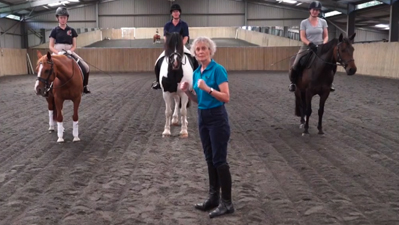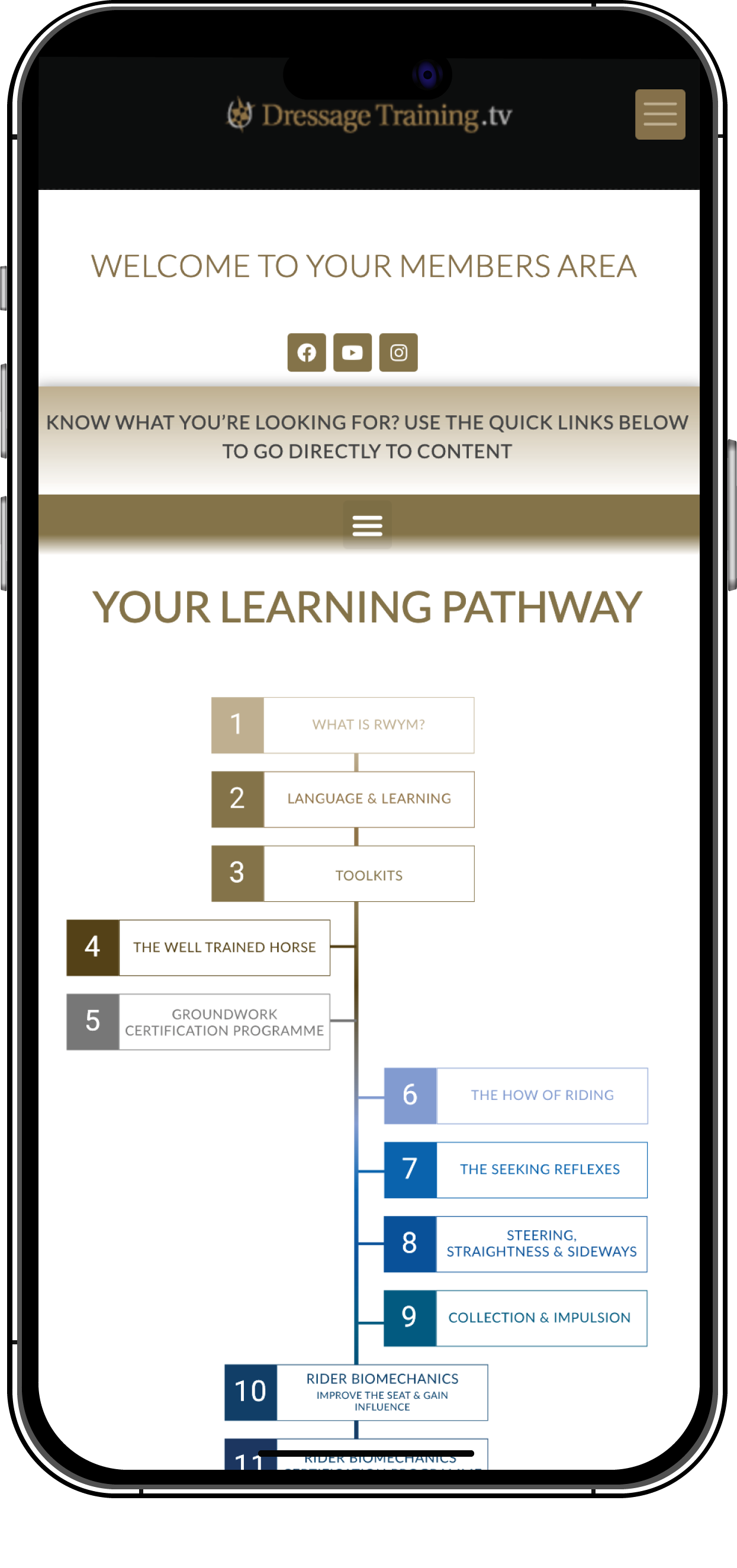NAGGING LEGS
August 31, 2017
WHAT EVERYONE OUGHT TO KNOW ABOUT ‘ON THE BIT’
December 7, 2017DUJARDIN'S DRESSAGE TRAINING TIPS
After spending a day at the National Judges Convention at Hartpury, I thought I would repeat some of the training and riding tips offered up by Charlotte as she rode. It was heart warming to hear so many things which echoed my own training thoughts with an emphasis on patience. I also included where I make a similar tip in my own book Master Dressage Edition 2.
CHARLOTTE'S TIPS FROM HARTPURY
- Your horse must be responsive to the leg, the lightest touch. Charlotte would rather focus on steering than making the horse go! Referenced in page 101 of Master Dressage under Lower Leg moving in rising trot (overuse of leg)
- Stretching your horse is very important. If your horse is a little too stiff, or inattentive then it can be left towards the end, but it is very important to teach this skill to the horse. Referenced on page 90 under Free Walk on a long Rein and page 138 Planning Your Schooling.
- Calm Riding and the awareness that 100's of repetitions will be needed to create smooth transitions and balance. It's the rider responsibility to explain to the horse, no punishment or loss of cool for mistakes – just repeat/correct – calmness. Page 127 - Patience with the progress of the horse - Page 78 - Fluid Transitions. I added at the bottom of the page a section on patience from the book.
- Charlotte prefers rising/posting trot on the youngsters until their backs become strong enough in later years – and who can blame her with such a good rising trot!
- Charlotte's rising trot biomechanics - same as covered in Master Dressage Edition 2 This is the same mechanics that Mary Wanless BHSI has been teaching from the release of her first book Ride With Your Mind over 25 years ago.

